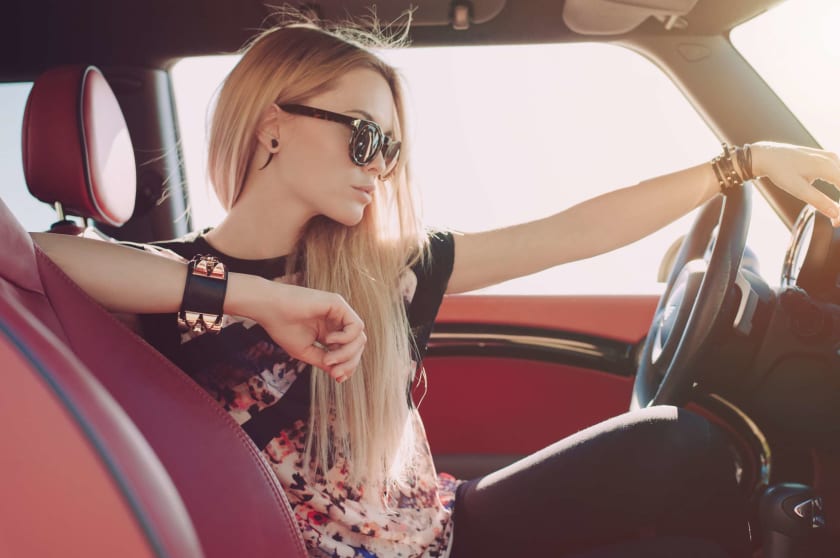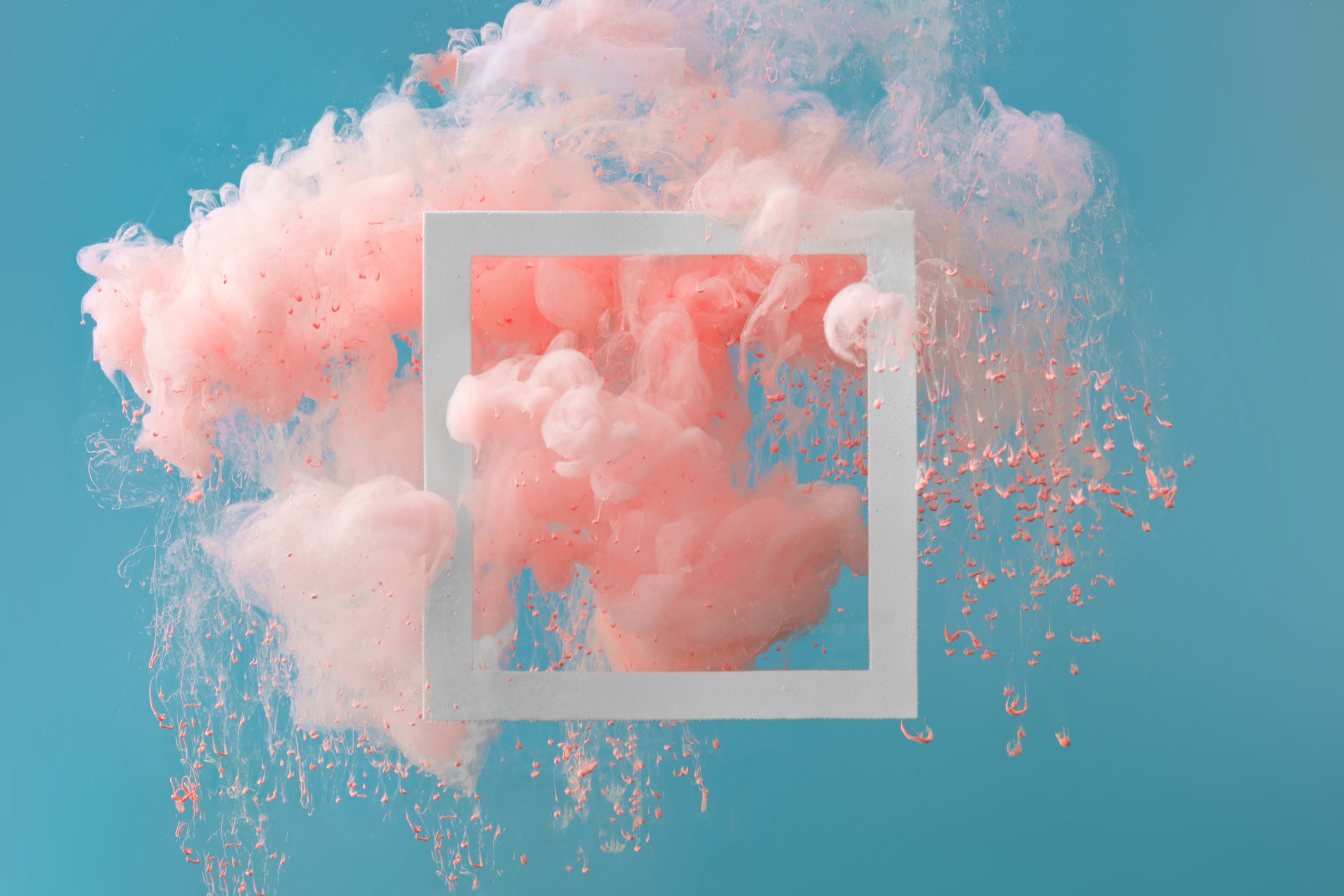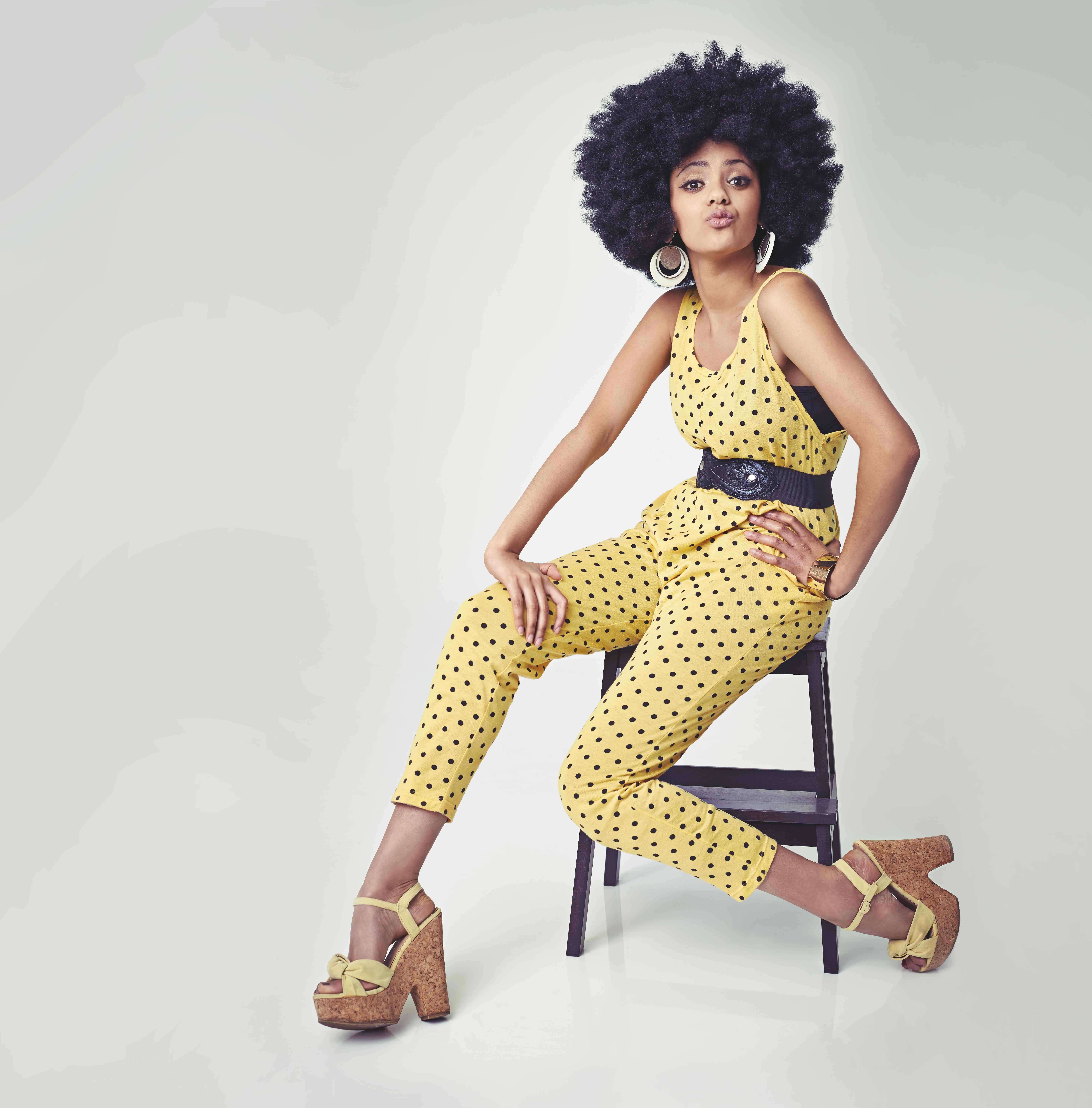Fashion & Automobiles: Luxury Fashion Brands Collaborations with Premium Car Manufacturers



A designer car is for customers who can afford to get their clothes, luxury fashion accessories, and premium cars tailored to their specifications. When the creative minds from fashion and automobile industries unite, the result is a product tailored to elevate one's style statement with a blend of ingenuity, uniqueness, and exclusivity.
Such collaborations may prove beneficial for luxury fashion brands and car manufacturers. This is because they help increase each other’s loyal customer base and give rise to unique products. Such collaborations are thus typically successful and beneficial for both brands.
Why is it a good idea for luxury fashion brands to collaborate with premium car manufacturers?
Luxury fashion brands and premium car manufacturers have achieved immense success when putting their creative minds together on unique projects. The result is a tailor-made automobile or a line of luxurious clothing with a unique brand design that attracts premium customers from both ends of the spectrum.
Fashion enthusiasts love the bold and unique designs when premium cars licence their logos and design inputs. The classy and sleek looks of the automobiles designed by experts in the luxury fashion industry are highly appealing to motorheads.
The target population
Surveys show that people in their mid-20s to early 40s are the target demographic. This is the age when target customers become stable and enjoy their disposable income.
While millennials were the youngest generation at one point, Generation Z has taken over that mantle. Many Gen Z customers have an eye for luxury, good design and exclusivity. When luxury fashion brands and premium car manufacturers collaborate, the resulting product attains a status of uniqueness and exclusivity.

There have been notable collaborations that have greatly influenced the customer bases of both parties in the past. For instance, the partnership between McLaren and Belstaff resulted in the production of the McLaren 7S and a line of clothing with ergonomic seams and perforated leather jackets for temperature control.
The market potential
Apart from creating a unique and sleek designer product on both ends of the spectrum, manufacturers have great potential to build:
Exclusivity
The concept of limited edition appeals to all who crave to own something that nobody has. Although there are few similarities between the automobile and the fashion industry, their collaborations have opened the door for greater possibilities. The term-limited edition products found at fashinza.com is a lucrative concept that attracts fashion enthusiasts and motorists alike, improving the brands’ values and raising their reputation.
Relevance
Relevance among its client base is essential for any luxury brand, whether fashion or automobile. The three basic tenets of any luxury brand are that their products must be exquisite, exclusive, and expensive. An enhanced product created through the collaboration of both brands satisfies all three criteria.
Revenue streams
Any brand, however exclusive, always desires to grow. A brand that cannot expand its market and stays limited to a specific client base will stagnate. Thus, by collaborating, luxury fashion brands and premium car manufacturers have the potential to grow their respective markets.
Innovation
When the heads of two luxury brands specializing in their areas of expertise collaborate, innovation is bound to follow. This results in a line of products from both brands for the premium consumer.
For example, when Vespa and Dior collaborated to develop the Vespa 786, the result was twofold: a line of retro gold and peach-finished scooters with a luggage rack. On the other hand, Dior’s Vespa collection featured a luggage case and a helmet, among other premium products.
Prevent devaluation
The difference between a luxury and premium brand is that while the latter produces expensive and exquisite merchandise, it is still available for mass production.
Luxury brands on the other hand are exclusive and not available to everyone. Thus, luxury brand manufacturers have to maintain a certain degree of product rationing in the market.
For example, Pierre Cardin’s luxury pens were well known for their exclusive designs and precision. However, they devalued that luxury brand value by licensing their products to over 800 manufacturers. On the other hand, brands like Hermes have a 6-year waiting period for availing their products.
Conclusion
Brands need to maintain steady growth in their revenue streams. However, they must also prevent their brand image from devaluating. Collaboration between luxury fashion brands and premium car manufacturers allows collaborators to preserve their exclusivity without the risk of brand devaluation in the market.

Secondly, fashion and automobile industry collaborations can also revolutionize both industries in terms of design and innovation. Lastly, these collaborations attract premium car lovers to develop brand loyalty toward fashion companies. To learn more about working with automobile brands to create premium products, visit Fashinza today!



















